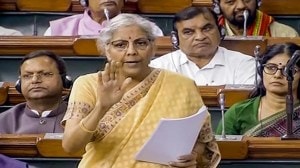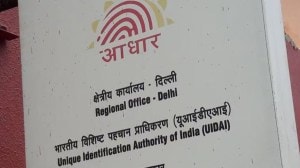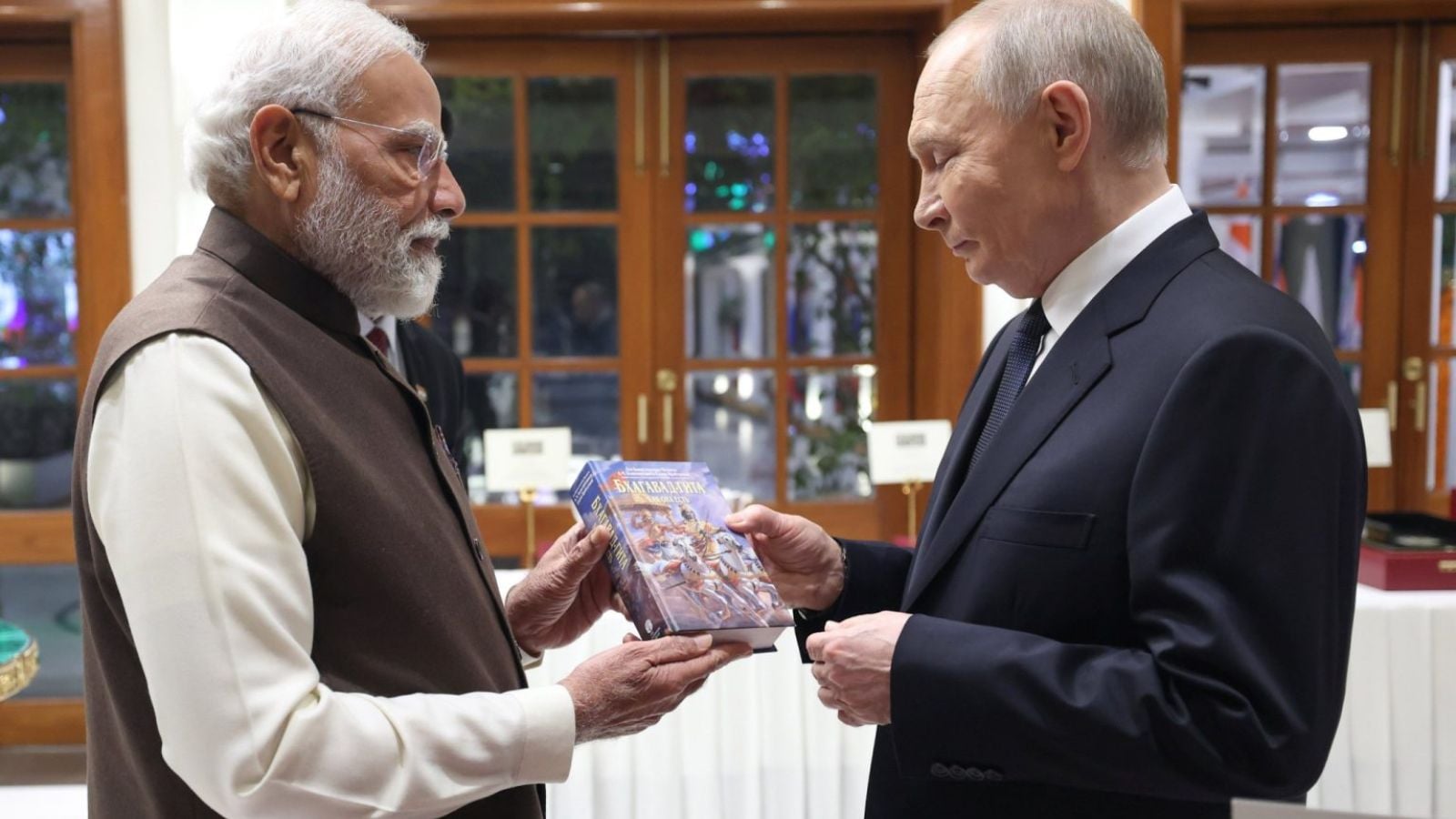
Indian Army
The Indian Army, one of the largest and most powerful land forces in the world, is a key component of India’s defense forces, tasked with ensuring national security, maintaining peace, and safeguarding the nation’s borders. With a proud history, the Indian Army has played a crucial role in various wars, peacekeeping operations, and humanitarian missions, earning a reputation for valor, discipline, and professionalism.
Key Aspects of the Indian Army:
1. Structure and Organization:
- Hierarchy: The Indian Army is organized in a hierarchical structure, with the Chief of Army Staff (COAS) as the highest-ranking officer, followed by General Officers Commanding-in-Chief (GOC-in-C) for various commands and corps commanders.
- Commands: The Indian Army operates under seven regional commands, each responsible for operations in its designated area:
- Western Command (Chandigarh)
- Eastern Command (Kolkata)
- Northern Command (Udhampur)
- Southern Command (Pune)
- Central Command (Lucknow)
- Southwestern Command (Jaipur)
- Army Training Command (Shimla) focused on training and doctrine
- Units and Regiments: The army consists of various regiments and corps, such as the Infantry, Armored Corps, Artillery, Engineers, and Signals Corps, each with specialized roles in land-based operations.
2. Roles and Responsibilities:
- Border Security: The Indian Army plays a primary role in defending India’s borders against external threats. With India sharing borders with countries like Pakistan, China, Bangladesh, Nepal, and Myanmar, border security is a constant priority.
- Internal Security: The Army is deployed to maintain law and order in situations where civil authorities face challenges, such as insurgencies or communal disturbances, especially in regions like Jammu and Kashmir and the northeastern states.
- Disaster Response and Humanitarian Assistance: The Army is often called upon to provide assistance during natural disasters, such as earthquakes, floods, and landslides, conducting rescue operations and providing medical aid and supplies.
3. Wars and Military Engagements:
- The Indian Army has been involved in several major conflicts since independence in 1947:
- First Kashmir War (1947-48): Soon after independence, the Indian Army fought to protect the region of Jammu and Kashmir.
- Indo-China War (1962): A major conflict with China over border disputes.
- Indo-Pakistani Wars (1947, 1965, 1971, and 1999 Kargil War): India has fought multiple wars with Pakistan, the most notable being the 1971 war, which led to the creation of Bangladesh.
- Peacekeeping Missions: The Indian Army has participated in numerous United Nations peacekeeping missions in regions like Korea, Congo, Lebanon, and Sudan.
4. Training and Education:
- The Indian Army places a strong emphasis on training and development through various prestigious academies, including:
- National Defence Academy (NDA) in Pune
- Indian Military Academy (IMA) in Dehradun
- Officers Training Academy (OTA) in Chennai and Gaya
- Specialized training institutions such as the Armored Corps Centre and School, Infantry School, and the High Altitude Warfare School.
- The Army is also known for its grueling regimental training, which prepares soldiers and officers to serve in challenging terrains and diverse environments.
5. Modernization and Technology:
- To strengthen its combat effectiveness, the Indian Army is continually modernizing its equipment and capabilities:
- Weaponry and Vehicles: The Army utilizes a mix of indigenous and imported equipment, including tanks like the Arjun and T-90, artillery systems, anti-aircraft guns, and missiles.
- Technology Upgrades: Modernization efforts include enhancing surveillance systems, acquiring drones, and upgrading communication systems for better battlefield coordination.
- Indigenization Initiatives: Through the “Make in India” campaign, the Army is working with the domestic defense industry to reduce reliance on imports and promote self-sufficiency.
6. Regiments and Traditions:
- The Indian Army has a rich heritage of regiments that carry forward traditions, customs, and histories. Notable regiments include:
- Rajputana Rifles, Sikh Regiment, Gorkha Rifles, and Maratha Light Infantry, among others.
- Each regiment has a unique cultural identity, with distinct dress codes, symbols, and ceremonial practices that honor the bravery and sacrifice of past generations.
7. Service and Sacrifice:
- The Indian Army has a long-standing tradition of service and sacrifice, exemplified by the motto “Service Before Self.”
- Indian soldiers serve in some of the world’s most challenging environments, such as the Siachen Glacier, often enduring harsh weather and high altitudes to defend the nation’s borders.
Role in Indian Society:
The Indian Army is held in high regard by the public for its discipline, dedication, and unwavering commitment to national defense. The army is also a symbol of national unity and integrity, with soldiers representing diverse regions, religions, and communities.
Through its dedication to the nation, both in times of peace and conflict, the Indian Army stands as a pillar of strength and security for India, upholding the sovereignty and dignity of the country with valor and pride.
Official website: https://joinindianarmy.nic.in/Authentication.aspx
Read More
Related News






















